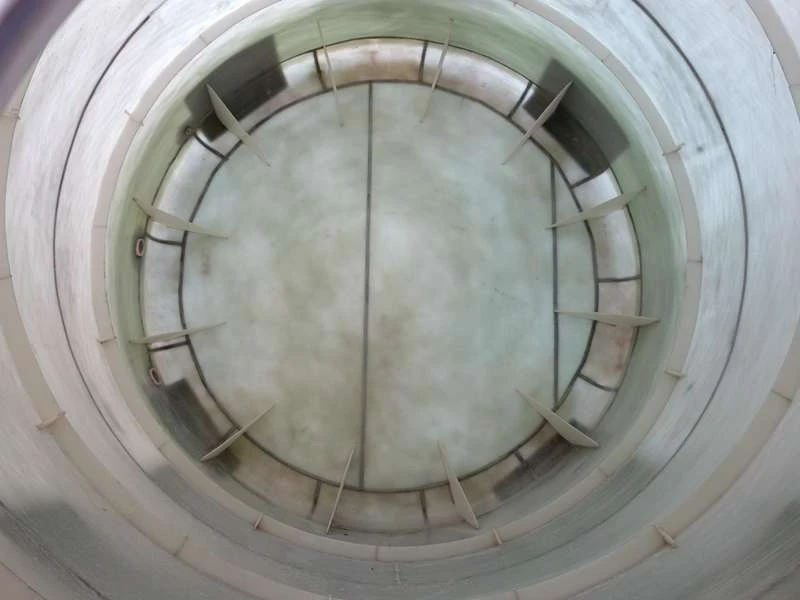
-
 Afrikaans
Afrikaans -
 Albanian
Albanian -
 Amharic
Amharic -
 Arabic
Arabic -
 Armenian
Armenian -
 Azerbaijani
Azerbaijani -
 Basque
Basque -
 Belarusian
Belarusian -
 Bengali
Bengali -
 Bosnian
Bosnian -
 Bulgarian
Bulgarian -
 Catalan
Catalan -
 Cebuano
Cebuano -
 China
China -
 China (Taiwan)
China (Taiwan) -
 Corsican
Corsican -
 Croatian
Croatian -
 Czech
Czech -
 Danish
Danish -
 Dutch
Dutch -
 English
English -
 Esperanto
Esperanto -
 Estonian
Estonian -
 Finnish
Finnish -
 French
French -
 Frisian
Frisian -
 Galician
Galician -
 Georgian
Georgian -
 German
German -
 Greek
Greek -
 Gujarati
Gujarati -
 Haitian Creole
Haitian Creole -
 hausa
hausa -
 hawaiian
hawaiian -
 Hebrew
Hebrew -
 Hindi
Hindi -
 Miao
Miao -
 Hungarian
Hungarian -
 Icelandic
Icelandic -
 igbo
igbo -
 Indonesian
Indonesian -
 irish
irish -
 Italian
Italian -
 Japanese
Japanese -
 Javanese
Javanese -
 Kannada
Kannada -
 kazakh
kazakh -
 Khmer
Khmer -
 Rwandese
Rwandese -
 Korean
Korean -
 Kurdish
Kurdish -
 Kyrgyz
Kyrgyz -
 Lao
Lao -
 Latin
Latin -
 Latvian
Latvian -
 Lithuanian
Lithuanian -
 Luxembourgish
Luxembourgish -
 Macedonian
Macedonian -
 Malgashi
Malgashi -
 Malay
Malay -
 Malayalam
Malayalam -
 Maltese
Maltese -
 Maori
Maori -
 Marathi
Marathi -
 Mongolian
Mongolian -
 Myanmar
Myanmar -
 Nepali
Nepali -
 Norwegian
Norwegian -
 Norwegian
Norwegian -
 Occitan
Occitan -
 Pashto
Pashto -
 Persian
Persian -
 Polish
Polish -
 Portuguese
Portuguese -
 Punjabi
Punjabi -
 Romanian
Romanian -
 Russian
Russian -
 Samoan
Samoan -
 Scottish Gaelic
Scottish Gaelic -
 Serbian
Serbian -
 Sesotho
Sesotho -
 Shona
Shona -
 Sindhi
Sindhi -
 Sinhala
Sinhala -
 Slovak
Slovak -
 Slovenian
Slovenian -
 Somali
Somali -
 Spanish
Spanish -
 Sundanese
Sundanese -
 Swahili
Swahili -
 Swedish
Swedish -
 Tagalog
Tagalog -
 Tajik
Tajik -
 Tamil
Tamil -
 Tatar
Tatar -
 Telugu
Telugu -
 Thai
Thai -
 Turkish
Turkish -
 Turkmen
Turkmen -
 Ukrainian
Ukrainian -
 Urdu
Urdu -
 Uighur
Uighur -
 Uzbek
Uzbek -
 Vietnamese
Vietnamese -
 Welsh
Welsh -
 Bantu
Bantu -
 Yiddish
Yiddish -
 Yoruba
Yoruba -
 Zulu
Zulu
Innovative Molded Grating Solutions for Enhanced Performance and Durability in Various Applications
Understanding Molded Grating A Comprehensive Guide
Molded grating is a versatile and innovative material that has found its way into several industries, including construction, transportation, and manufacturing. Comprising a network of interconnected fibers, molded grating is primarily made from fiberglass, providing a strong, lightweight alternative to traditional materials like steel or wood. This article will explore the characteristics, benefits, applications, and considerations associated with molded grating.
Characteristics of Molded Grating
Molded grating is constructed through a process known as pultrusion, where fiberglass strands and resin are combined and molded into specific shapes. This method allows for the creation of grating with varying thicknesses, sizes, and load-bearing capacities. The result is a rigid structure that is resistant to corrosion, rot, and other environmental factors, making it suitable for various applications that require durability.
Furthermore, molded grating is available in different surface finishes, such as slip-resistant textures, enhancing safety for pedestrian and vehicular traffic. This adaptability in design is a key reason molded grating is increasingly favored in both commercial and industrial settings.
Benefits of Molded Grating
One of the most significant advantages of molded grating is its lightweight nature. This attribute not only simplifies installation but also reduces transportation costs and labor requirements. In addition, molded grating exhibits high strength-to-weight ratios, allowing it to support considerable loads without the bulkiness associated with traditional alternatives.
Another noteworthy benefit is its resistance to chemical agents and UV radiation. This makes molded grating an ideal solution for environments such as chemical processing plants, wastewater treatment facilities, and outdoor applications exposed to sunlight. Unlike metals, which can rust and degrade over time, fiberglass grating maintains its structural integrity and appearance, providing a long-lasting solution.
Moreover, molded grating is non-conductive, enhancing safety in environments where electrical hazards may be present
. Its design also allows for efficient drainage, reducing water pooling and minimizing slip hazards.molded grating

Applications of Molded Grating
Molded grating is utilized across various sectors, owing to its unique properties. In the construction industry, it is commonly employed for walkways, platforms, and staircases, particularly in environments where safety and durability are critical. The manufacturing sector also leverages molded grating for workstations and elevated surfaces, offering employees a reliable and safe workspace.
In the transportation sector, molded grating is used in the construction of bridges and boardwalks, providing a robust surface that can withstand significant traffic while remaining lightweight. Similarly, in marine applications, molded grating is implemented in dock construction and maintenance platforms due to its resistance to saltwater and marine organisms.
Considerations When Using Molded Grating
While molded grating offers numerous benefits, it is essential to consider its limitations as well. The initial cost can be higher than that of some traditional materials, although the long-term savings from reduced maintenance and replacement often offset this expense. Additionally, while molded grating is resistant to many chemicals, it is essential to verify the compatibility of specific resins with particular chemicals to avoid degradation.
Choosing the right type of molded grating also requires careful consideration of factors such as load requirements, environmental conditions, and potential exposure to hazardous substances. Ensuring the correct specifications are met will not only enhance safety but also optimize the performance of the grating in its intended application.
Conclusion
Molded grating stands out as a modern solution for various industrial and commercial applications. Its combination of strength, lightweight design, and resistance to environmental wear makes it an ideal choice for many projects. By understanding its characteristics, benefits, and applications, engineers, architects, and facility managers can make informed decisions about incorporating molded grating into their designs and constructions, ultimately leading to safer and more efficient work environments.









